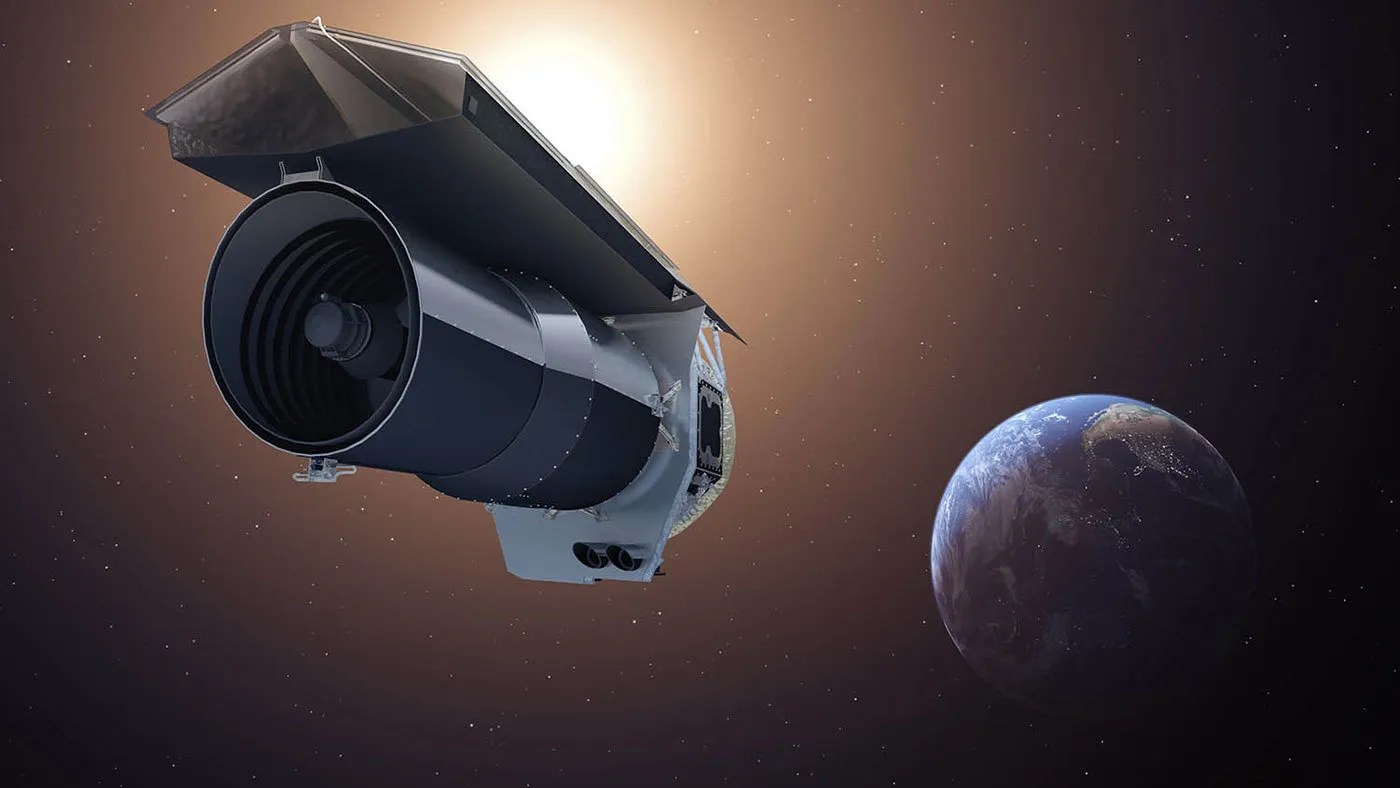3 min read

◆ Live-streamed show will feature mission members and NASA leadership will air Jan. 22, 2020 at 10 a.m. PT | 1 p.m. ET.
◆ Members of the public can ask questions on social media with #AskNASA
NASA will host a live program at 10 a.m. PST (1 p.m. EST) Wednesday, Jan. 22, to celebrate the far-reaching legacy of the agency's Spitzer Space Telescope – a mission that, after 16 years of amazing discoveries, soon will come to an end.
The event will air live on NASA Television, Facebook Live, Ustream, YouTube, Twitter and the agency's website.
Experts on the program will include NASA Director of Astrophysics Paul Hertz and, from the agency's Jet Propulsion Laboratory (JPL), Spitzer Project Scientist Mike Werner, astrophysicist Farisa Morales, current Mission Manager Joseph Hunt, and former Mission Manager Suzanne Dodd.
The public can ask questions on Twitter using the hashtag #askNASA or in the comment section of the NASA Facebook and YouTube pages.
One of NASA's four Great Observatories, Spitzer launched on Aug. 25, 2003, and has studied the cosmos in infrared light. Its breathtaking images have revealed the beauty of the infrared universe.
Spitzer made some of the first studies of exoplanet atmospheres (atmospheres of planets around stars other than our Sun). It confirmed two and discovered five ofthe seven Earth-size exoplanets around the star TRAPPIST-1 - the largest batch of terrestrial planets ever found around a single star. On Thursday, Jan. 30, engineers will decommission the Spitzer spacecraft and bring this amazing mission to a close.
JPL manages the Spitzer Space Telescope mission for NASA's Science Mission Directorate in Washington. Science operations are conducted at the Spitzer Science Center at Caltech in Pasadena, California. Space operations are based at Lockheed Martin Space in Littleton, Colorado. Data are archived at the Infrared Science Archive housed at IPAC at Caltech. Caltech manages JPL for NASA.
For more information about Spitzer, visit:
